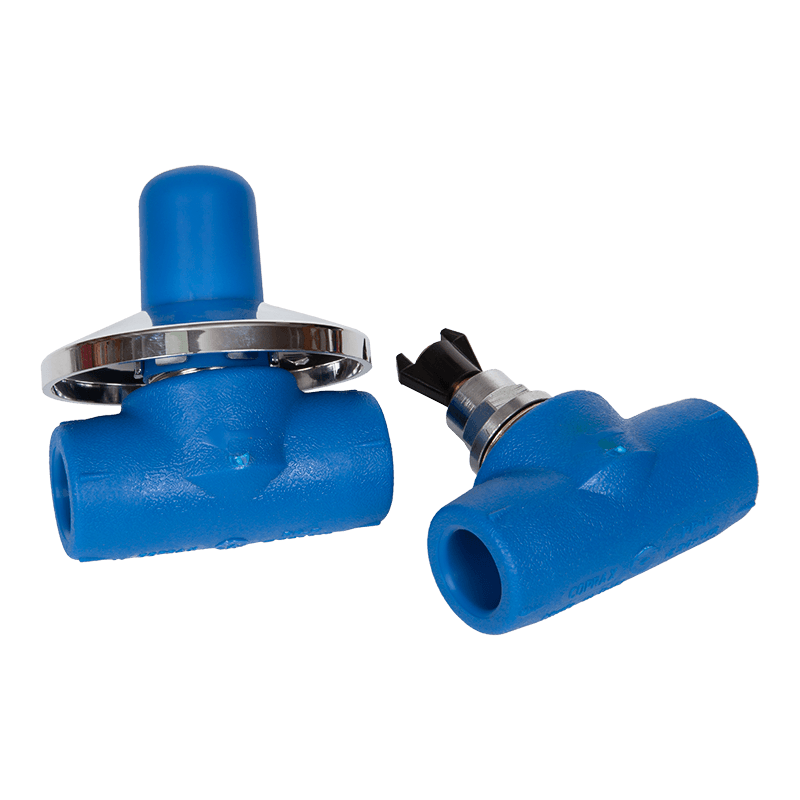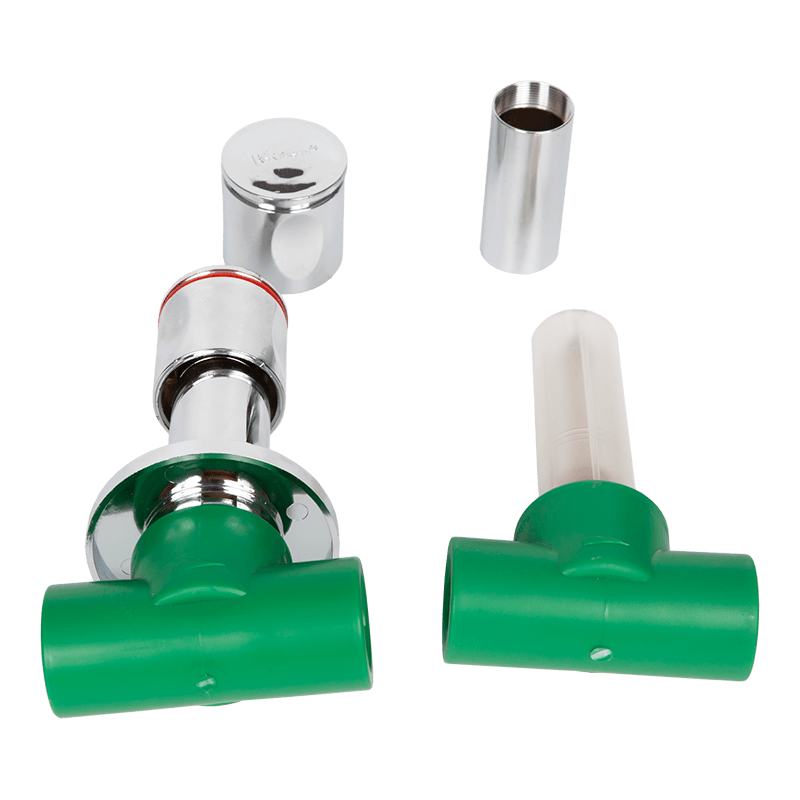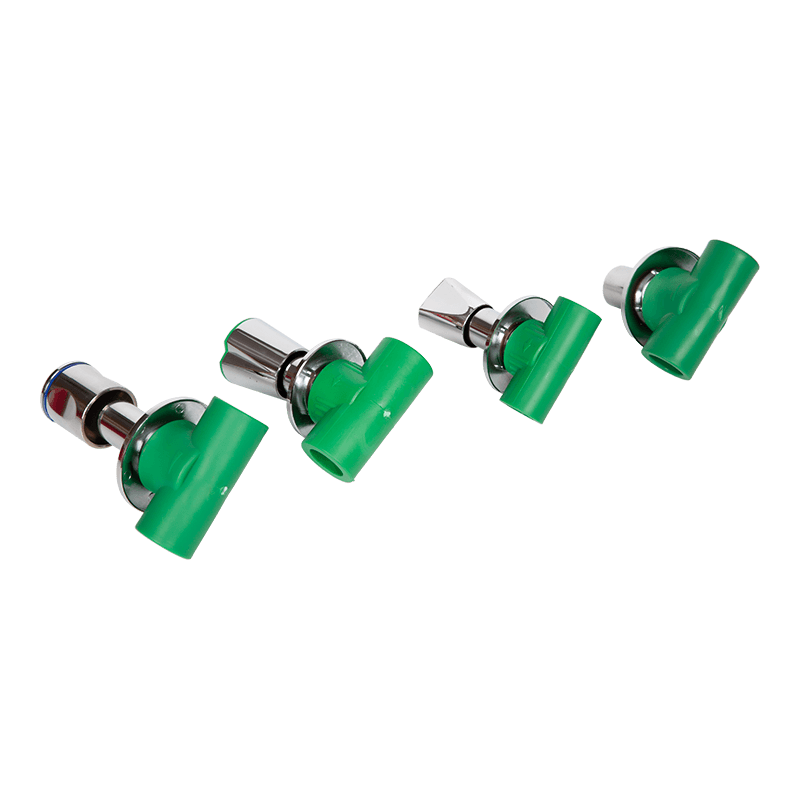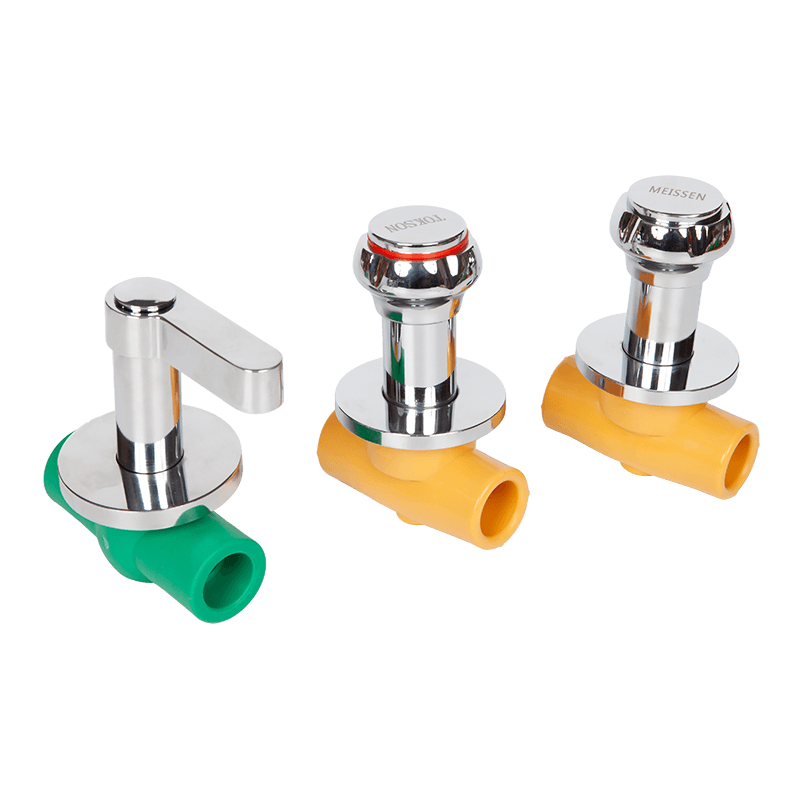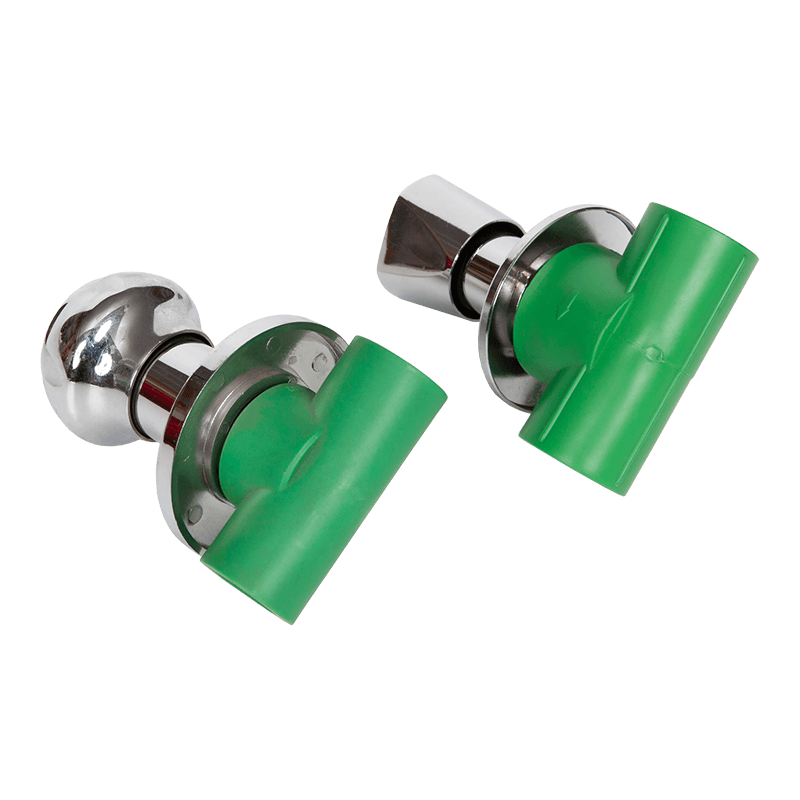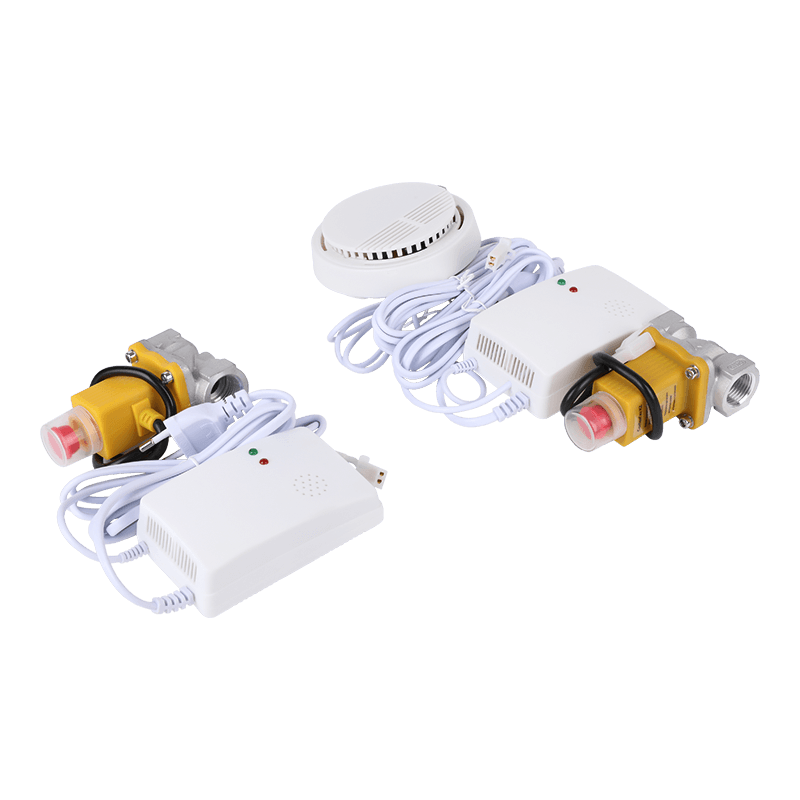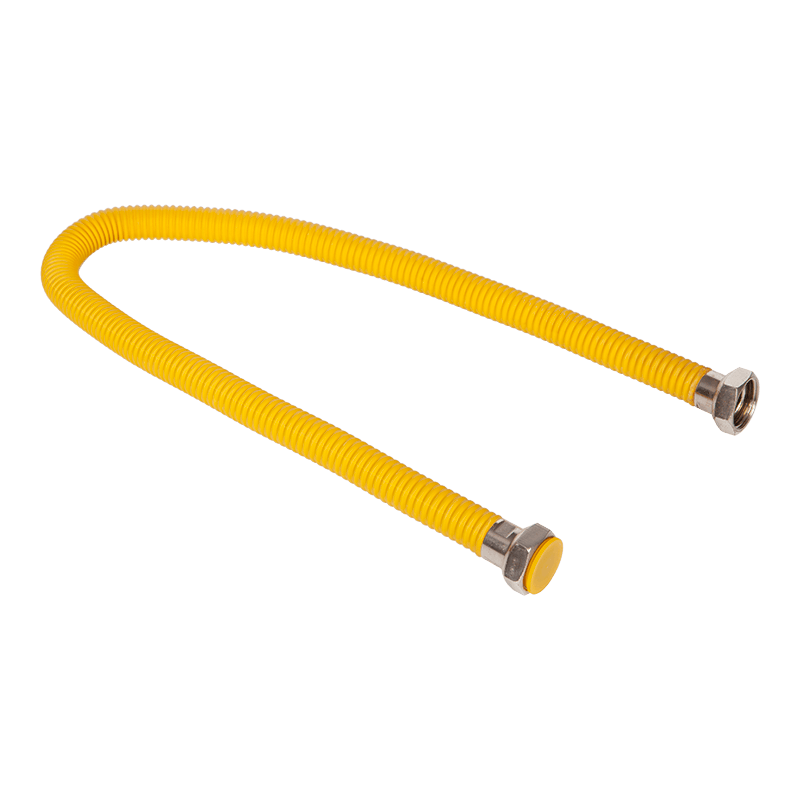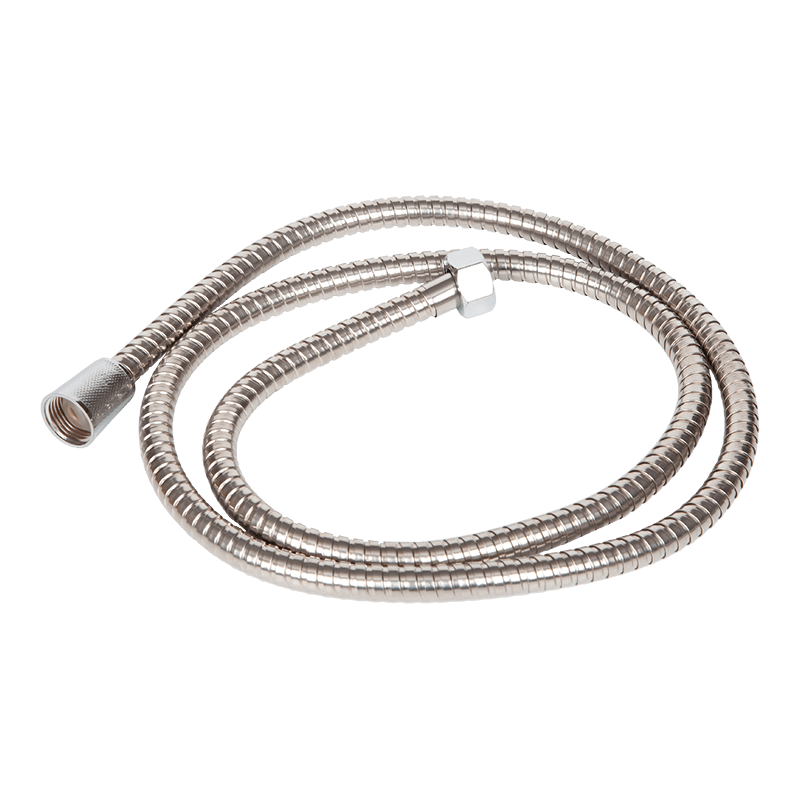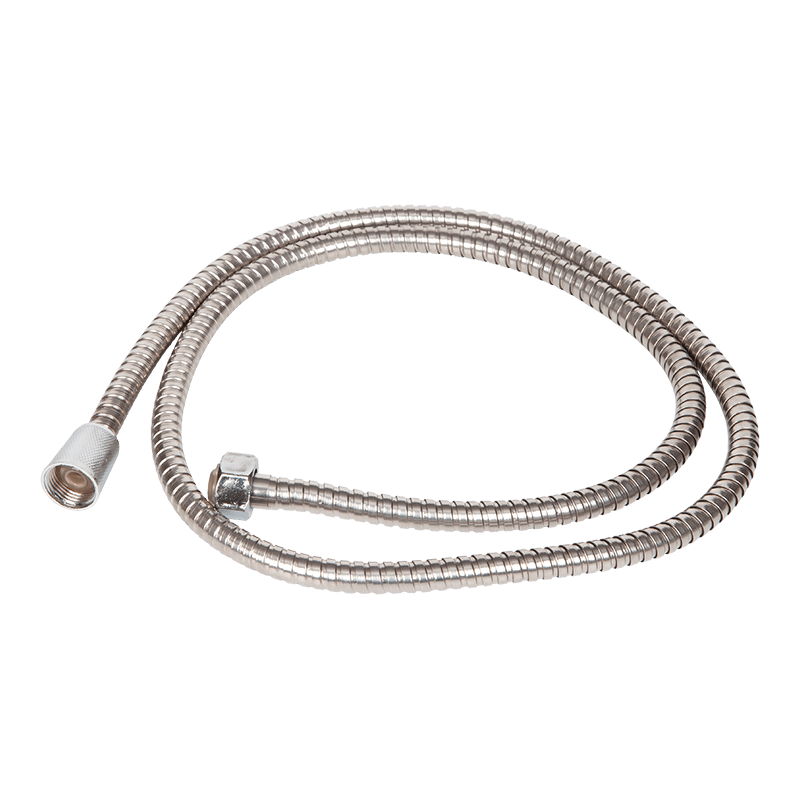Application background of PPR pipe fittings in hot and cold water pipe systems
PPR pipe fittings are pipe connectors produced with random copolymer polypropylene as the main raw material. Because of their good comprehensive performance, they are widely used in hot and cold water transportation, floor heating systems and some industrial fluid transportation. In hot and cold water pipe systems, pipe fittings need to withstand long-term effects of different temperatures and pressures, so their temperature and pressure resistance are important indicators for judging their reliability. The molecular structure of PPR materials has good toughness and chemical resistance, which enables it to maintain a relatively stable structural state under the conditions of alternating hot and cold water operation, which provides the basic conditions for its wide application in residential and public buildings.
Characteristics of temperature resistance of PPR pipe fittings
PPR pipe fittings are usually suitable for working environments of -20℃ to 95℃, which is sufficient to meet the needs of most living and building water systems. When transporting hot water for a long time, PPR pipe fittings can maintain a stable state at a temperature of about 70℃ without obvious deformation or performance degradation. When the system operates at a short-term high temperature (such as 95℃), PPR pipe fittings can moderately buffer the impact of thermal expansion through their own molecular chain flexibility. However, when it is close to the limit temperature for a long time, its physical properties may gradually decrease. Therefore, in the process of design and use, it is necessary to reasonably control the temperature and operation cycle of the pipeline to extend its service life.
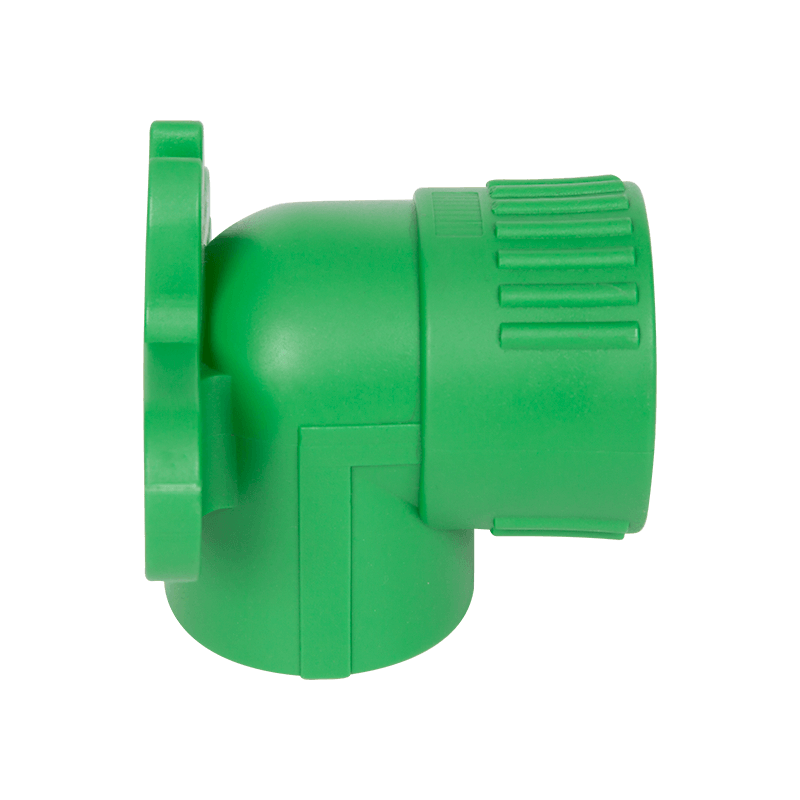
Pressure resistance performance of PPR pipe fittings
The pressure resistance of PPR pipe fittings is closely related to its wall thickness, specifications and operating temperature. Under normal temperature conditions (20℃), most PPR pipe fittings can withstand working pressures of 1.6MPa to 2.0MPa, meeting the needs of residential water supply and general building systems. When the temperature rises to above 70℃, the pressure resistance of PPR pipe fittings will decrease, usually to between 0.6MPa and 1.0MPa. Therefore, when designing hot and cold water systems, it is necessary to comprehensively consider the superposition effect of temperature and pressure and reasonably select the model and thickness of pipe fittings. In addition, the welding quality during installation and subsequent maintenance also have a direct impact on its pressure resistance.
The influence of temperature and pressure coupling on PPR pipe fittings
During the operation of hot and cold water systems, the pipeline not only bears static water pressure, but also is affected by thermal expansion and contraction caused by temperature changes, which puts higher requirements on the performance of PPR pipe fittings. When hot water repeatedly impacts the pipe, the pipe fittings will experience periodic expansion and contraction. If there is not enough expansion space or the installation quality is poor, it may cause stress concentration at the pipe fitting joints, thereby reducing the service life. Therefore, it is very important to reasonably design the pipeline direction and fixing method to ensure the long-term stable operation of PPR pipe fittings.
Durability of PPR pipe fittings under high temperature and high pressure conditions
For centralized heating or high-temperature water circulation systems, PPR pipe fittings are under high temperature and certain pressure for a long time, and the material will gradually creep, that is, the tendency to deform over time under constant stress. Although this change will not immediately cause the pipe fittings to fail, it may cause the risk of loosening or leakage of the pipeline system. Therefore, for high temperature and high pressure conditions, it is necessary to select PPR pipe fittings with higher pressure levels in the design stage, and set up compensation devices to reduce the risk of system operation.
Comparison of temperature and pressure resistance parameters of PPR pipe fittings of different specifications
There are certain differences in temperature and pressure resistance of PPR pipe fittings of different specifications and models, which are related to wall thickness, diameter and design standards. The following table shows the pressure resistance of several common specifications of PPR pipe fittings at different temperatures:
| Pipe Fitting Specification (DN) | Temperature (℃) | Allowable Working Pressure (MPa) |
|---|---|---|
| DN20 | 20 | 2.0 |
| DN20 | 70 | 0.8 |
| DN32 | 20 | 1.6 |
| DN32 | 70 | 0.6 |
| DN50 | 20 | 1.25 |
| DN50 | 70 | 0.5 |
As can be seen from the table, the increase in temperature will cause the pressure resistance of PPR pipe fittings to decrease. Therefore, in actual application, it is necessary to reserve a safety factor in the design to avoid failure of the pipeline due to temperature and pressure changes.
Contribution of the structural characteristics of PPR pipe fittings to temperature and pressure resistance
PPR pipe fittings are made of random copolymer polypropylene. The randomness of the molecular structure of this material gives it better flexibility and impact resistance, so that the pipe fittings can effectively buffer stress during alternating hot and cold operation. In addition, its dense internal structure helps prevent hot water penetration and reduce thermal expansion deformation. At the same time, the inner wall of some PPR pipe fittings is designed as a smooth surface, which helps to reduce fluid resistance and scouring, thereby delaying the wear of the pipe fittings in long-term operation.
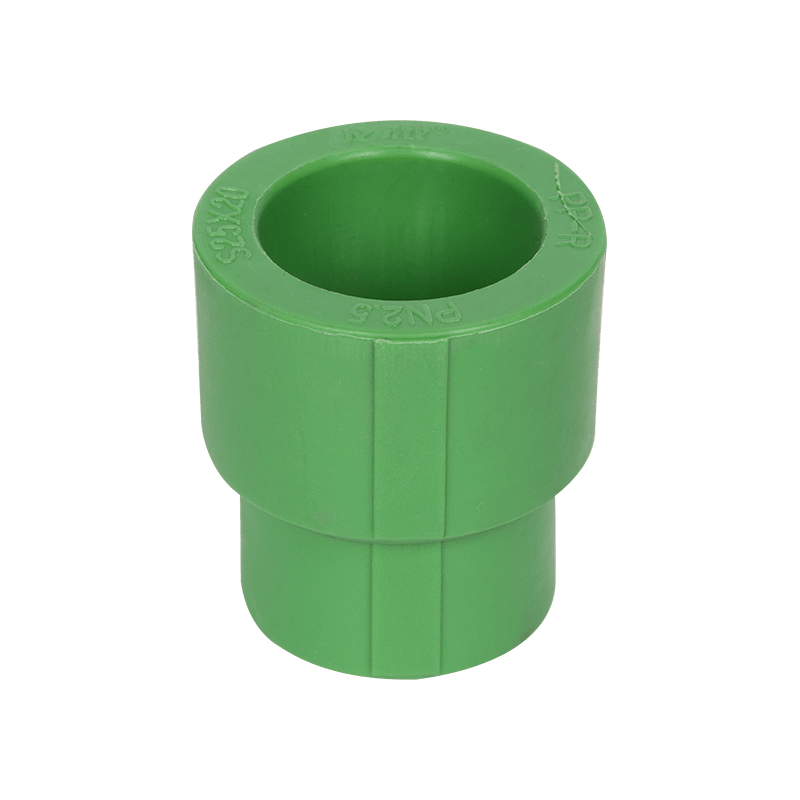
The impact of installation process on temperature and pressure resistance
The installation quality of PPR pipe fittings directly affects its temperature and pressure resistance performance in the system. The hot melt connection process is a key step in the installation of PPR pipes. If the welding temperature, time or pressure is not properly controlled, it may lead to insufficient strength of the weld, leakage or bursting risks. Therefore, the hot melt connection specifications must be strictly followed during the construction process to ensure that the joints and pipes are connected in an integrated manner to improve the sealing and pressure bearing capacity of the overall system.
Precautions in operation and maintenance
In the long-term use of hot and cold water systems, it is necessary to regularly check the connection parts and overall pipeline conditions of PPR pipes to promptly detect problems such as leakage or deformation. For systems running at high temperatures, circulating cooling or temperature limiting devices can be set to reduce the load of pipelines under extreme conditions. At the same time, avoiding water hammer impact and frequent rapid temperature changes are also important measures to ensure the temperature and pressure resistance of PPR pipes.

 LANGUAGE
LANGUAGE  English
English русский
русский 中文简体
中文简体
